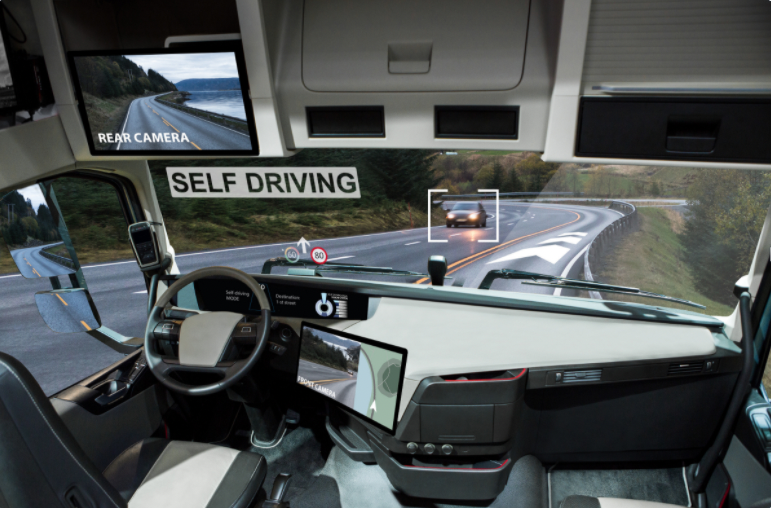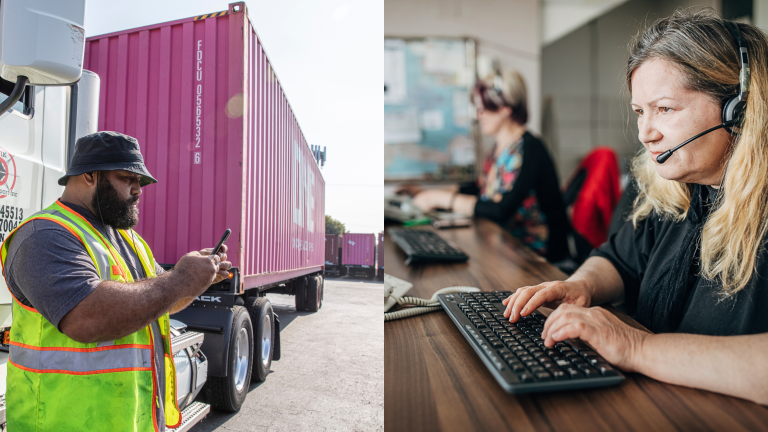The number of traffic accidents seems to be rising year by year. Manufacturers and designers are looking to find ways to make driving safer and easier. The era of autonomous vehicles is approaching, but, like most things in the world, self-driving trucks are bound to come with both advantages and disadvantages.
Advantages of Self-Driving Trucks
Many car accidents are caused by human error. Reckless or drunk driving can cause serious danger for people on the roads, however, even diligent drivers can cause accidents. Using a computer to control a vehicle would significantly reduce the number of traffic mistakes. A computer would always drive the speed limit, stop the correct distance away, keep an appropriate distance between vehicles, and a series of other things that many humans disregard while they are driving. Additionally, there is no way that a computer could become distracted. Distracted driving is the leading cause of accidents in the United States.
Some believe self-driving vehicles can help time management and that may be a possibility in the future. Today’s technology, however, still requires a co-pilot, so to speak. The artificial intelligence is running things, but drivers still need to be aware and in a management position of the vehicle. The horrific story of the driverless car where the “driver” was watching Harry Potter instead of managing the vehicle has struck many. However, the inclination to check a text or make a call would be a real possibility, as long the “driver” could multitask.
A great aspect of autonomous trucks is that they also have the ability to sync with each other on long stretches of the highway. If fleets travel together, they reduce wind resistance and save money on fuel.
Exhaustion is a factor is around one in seven fatal truck accidents. Self-driving trucks would reduce the chances of a trucker spending days at the wheel and getting in an accident because of fatigue. Truckers could step away from the wheel and take a break without needing to stop the truck and delay delivery.
Disadvantages of Self-Driving Trucks
One of the largest concerns about self-driving trucks is the effect they will have on truckers. Though it is unlikely that truckers will be replaced by computers, the nature of self-driving trucks could seriously transform their jobs.
Self-driving trucks are designed so that there is a large red button that the driver can press at any time to take over the controls and cut off the computer’s self-driving. Experts claim that technology is years away from anyone being able to design a self-driving truck that does not still need a driver in the cab. This means that truckers in self-driving trucks will still need to be alert and ready while they are on the road, even if they are not directly behind the wheel.
There is also concern that self-driving trucks could reduce the amount that truckers can get paid. There is not yet any regulation requiring companies to pay drivers for the time they spend in the truck but not at the wheel, so it is possible that trucking companies may negotiate smaller pay checks. Additionally, many companies may have to drop their hauling fees, which would most likely also lead to them needing to reduce the wages.
Editor’s note: This blog was originally written for the GTG Technology Group, Pros and Cons of Self-Driving Trucks in Fleets.




